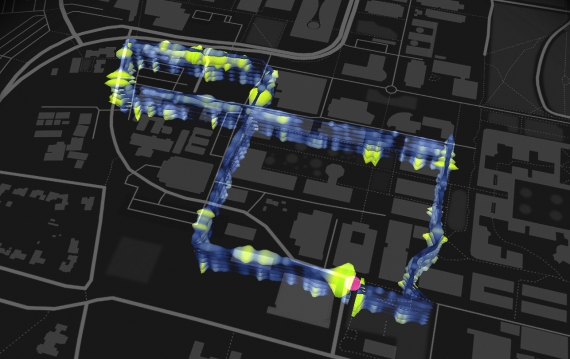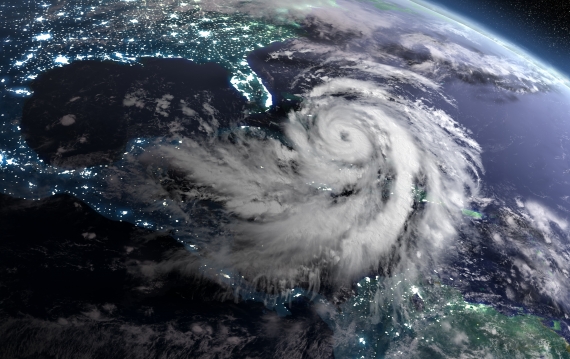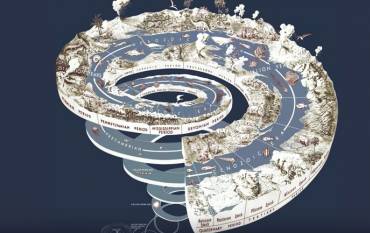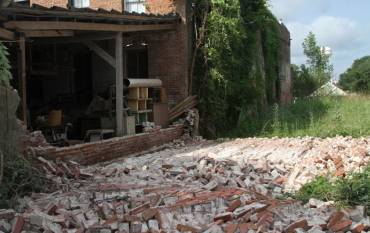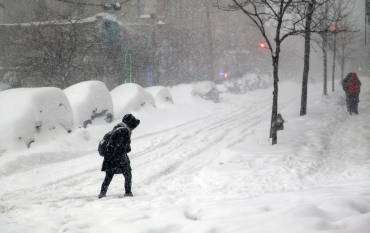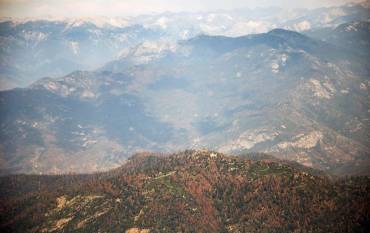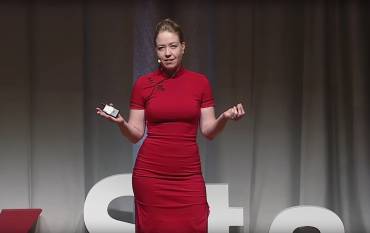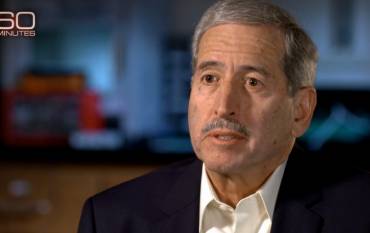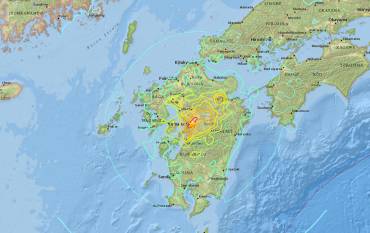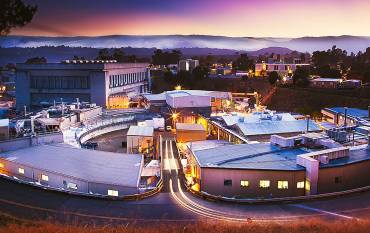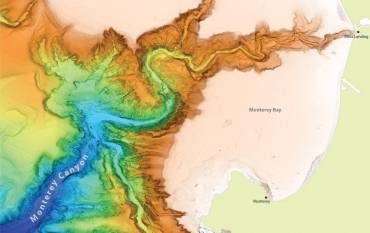The Stanford School of Earth, Energy & Environmental Sciences is now part of the Stanford Doerr School of Sustainability.
This page is currently being maintained for archival purposes only. For the latest information, please visit us here.
Natural Hazards
October 3, 2016
Stanford School of Earth, Energy & Environmental Sciences
Stanford Earth professor Jon Payne puts modern extinction in context by comparing them with Earth's five previous mass extinctions.
September 22, 2016
Stanford School of Earth, Energy & Environmental Sciences
September 1, 2016
Stanford Woods Institute for the Environment
August 15, 2016
San Francisco Chronicle
Greg Asner is using aerial surveys to diagnose the health of trees in California.
May 26, 2016
Stanford School of Earth, Energy & Environmental Sciences
Jenny Suckale shows us how the behavior of a melting glacier in the Antarctic doesn’t act like a melting ice cube, and why that matters.
May 9, 2016
60 Minutes
Mark Zoback speaks to 60 Minutes about the high incidence of earthquakes in Oklahoma, where oil and gas production is injecting vast amounts of wastewater into the earth.
April 15, 2016
<p>Stanford School of Earth, Energy & Environmental Sciences</p>
April 4, 2016
Stanford University
The relationship between SLAC and Stanford goes back 60 years, to a meeting where Stanford physicists helped plot construction of the linear accelerator. Since that time, collaborations between Stanford and SLAC scientists contributed to four Nobel prizes in physics and chemistry.
March 31, 2016
Stanford News Service
Through the use of mathematical models, Stanford researchers have better defined the powerful processes that carved some of the largest canyons on Earth, deep under the oceans.
- ‹ previous
- 2 of 5
- next ›
Subscribe to Earth Matters
A free monthly bulletin for your inbox



